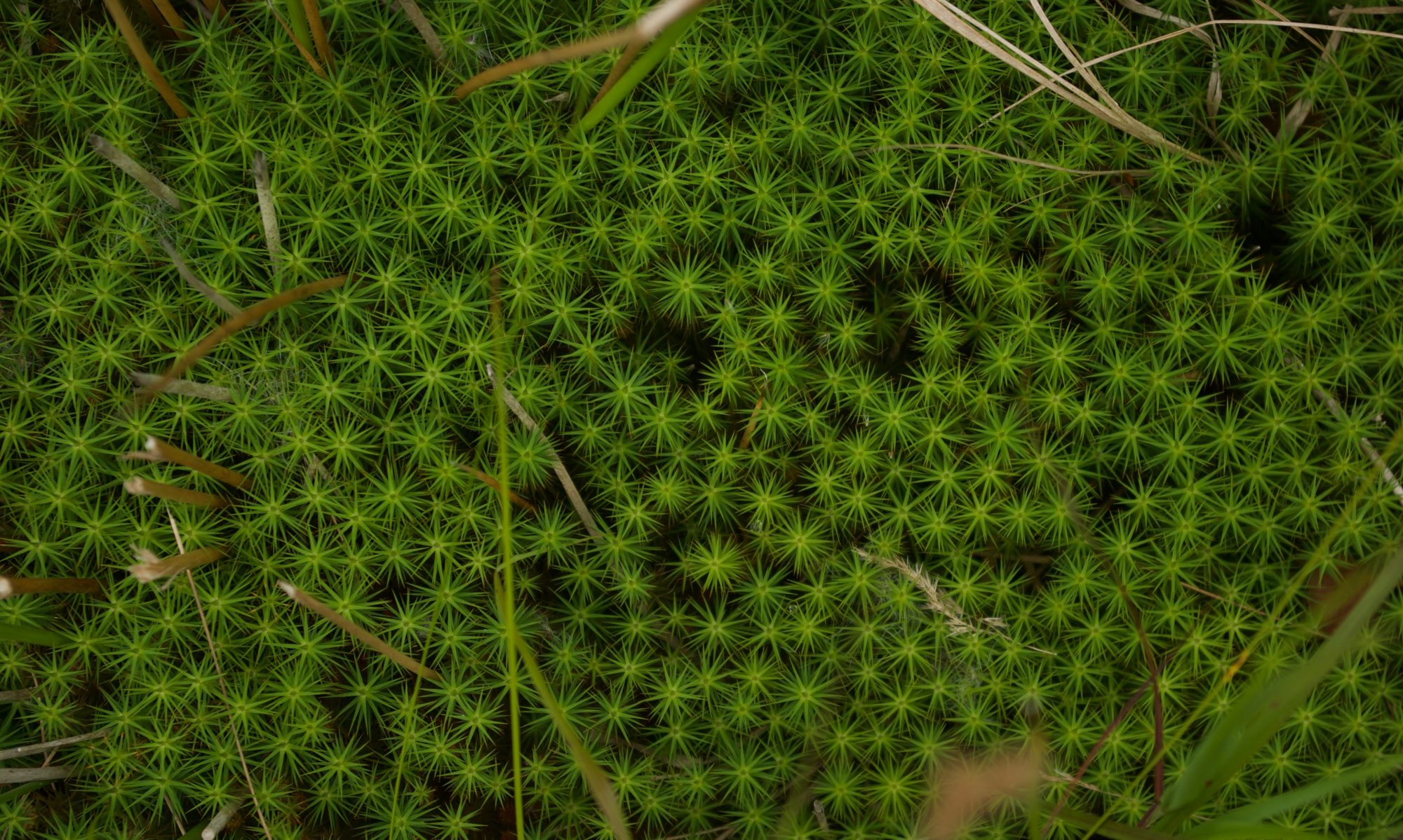Below is a list of the readings that we have either cited here on the website, or which inform our thinking on this project. As you can see, we are rather eclectic in our influences!
Any suggestions for additional reading are very welcome and greatly encouraged!
Full Reference List
- Barber K. 1993. Peatlands as scientific archives of past biodiversity. Biodiversity and Conservation. 2. 474-489.
- Berger J and Mohr J. 2016. A Fortunate Man. Canongate Press, Edinburgh.
- Boswijk, G. & Whitehouse, N.J. 2002 Pinus and Prostomis: a dendro-chronological and palaeontomological study of a mid-Holocene woodland in eastern England. The Holocene 12(5). 585-596.
- Buck H. 2015. On the Possibilities of a Charming Anthropocene. Annals of the Association of American Geographers. 105(2). 369-377.
- Caufield, C. 1991. Thorne Moors. St Albans: The Sumach Press.
- Chakrabarty D. 2009. The climate of history: Four theses. Critical inquiry. 35(2). 197-222.
- Connell J. 2018. The Cow Book. Granta, London.
- Creyke, R. 1845. Some account of the process of warping. From the Journal of the Royal Agricultural Society. British Farmers Magazine Vol IX, New series, No XXXIII. 30-36
- Crutzen P. 2002. Geology of mankind. Nature. 415(6867). 23.
- Cunsolo-Willox A. 2012. Climate Change as the Work of Mourning. Environment and Ethics. 17(2). 137-164.
- Derrida J and Prenowitz E. 1995. Archive Fever: A Freudian Impression. Diacritics. 25(2). 9-63.
- Evans, M. & Warburton, J. 2011. Geomorphology of Upland Peat: Erosion, Form and Landscape Change. Blackwell.
- Fredengren C. 2016. Unexpected Encounters with Deep Time Enchantment. Bog Bodies, Crannogs and ‘Otherworldly’ Sites. The materialising powers of disjunctures in time. World Archaeology. 48(4). 482-499.
- Ginn F. 2016. The Domestic Wild: Memory, Nature and Gardening in Suburbia. Routledge, London.
- Heaney S. 1998. Opened Ground: Poems 1966-1996. Faber and Faber, London.
- Heusser C. 2004. Bogs. In Harrison S, Pile S and Thrift N. Eds. 2004. Patterned Ground: Entanglements of Nature and Culture. Reaktion, London. 146-148.
- Hinchliffe S. 2008. Reconstituting nature conservation: Towards a careful political ecology. Geoforum. 39(1). 88-97.
- Hitchings R. 2003. People, plants and performance: On actor network theory and the material pleasures of the private garden. Social & Cultural Geography. 4(1). 99-114.
- Knittl, M.A. 2007. The design for the initial drainage of the Great Level of the fens: an historical whodunit in three parts. Agricultural History Review 55(1). 25-50.
- Latour B. 2004. Politics of Nature: How to Bring the Sciences into Democracy. Harvard University Press, Cambridge MA & London.
- Lorimer H. 2010. Caught in the Nick of Time: Archives and Fieldwork. In DeLyser D, Herbert S, Aitken S, Crang M and McDowell L. Eds. The Sage Handbook of Qualitative Geographies. SAGE, London. 248-273.
- Lorimer J. 2015. Wildlife in the Anthropocene: Conservation after nature. University of Minnesota Press, Minneapolis & London.
- Lorimer J. 2017. The Anthropo-scene: A guide for the perplexed. Social studies of science. 47(1). 117-142.
- Matless D. 2017. The anthroposcenic. Transactions of the Institute of British Geographers. 42(3). 363-376.
- Meredith D. 1999. Landscape or Mindscape? Seamas Heaney’s Bogs. Irish Geography. 32(2). 126-134.
- Moore J. 2016. Capitalism in the Web of Life: Ecology and the Accumulation of Capital. Verso, London.
- Ogborn M. 2004. Archives. In Harrison S, Pile S and Thrift N. Eds. 2004. Patterned Ground: Entanglements of Nature and Culture. Reaktion, London. 240-242.
- Prior J and Brady E. 2017. Environmental aesthetics and rewilding. Environmental Values. 26(1). 31-51.
- Purdy A. 2002. Unearthing the past: The archaeology of bog bodies in Glob, Atwood, Herbert and Drabble. Textual Practice. 16(3): 443-458.
- Rotherham I. 2010. Yorkshire’s Forgotten Fenlands. Wharcliffe Books, Barnsley.
- Smart P, Wheeler B and Willis A. 1986. Plants and peat cuttings: historical ecology of a much exploited peatland – Thorne Waste, Yorkshire, UK. New Phytologist. 104. 731-748.
- Smith, T.M. 2012. Enclosure & agricultural improvement in north-west Lincolnshire from circa 1600 to 1850. University of Nottingham. PhD Thesis. http://eprints.nottingham.ac.uk/12489/1/Tom%27s_Thesis_complete_%28slimline%29.pdf [accessed 07/06/18].
- Stengers I. 2010. Including Nonhumans in Political Theory: Opening Pandora’s Box? In Braun B and Whatmore S. Eds. Political Matter: Technoscience, Democracy, and Public Life. University of Minnesota Press, Minneapolis & London. 3-33.
- Szerszynski B, Heim W and Waterton C. Eds. 2003. Nature Performed: Environment, Culture and Performance. Blackwell, Oxford.
- Van de Noort R. 2001. Thorne Moors: a contested wetland in north-eastern Europe. In Coles B and Olivier A. Eds. The Heritage Management of Wetlands In Europe. EAC, Brussels. 133-140.
- Whitehouse N. 2009. Conservation lessons from the Holocene record in ‘natural’ and ‘cultural’ landscapes. In Hall M. Ed. Restoration and History: The Search for a Usable Environmental Past. Routledge, London & New York. 87-97.
- Zalasiewicz J, Waters C, Williams M, Aldridge D and Wilkinson I. 2018. The stratigraphical signature of the Anthropocene in England and its wider context. Proceedings of the Geologists’ Association. 129(3). 482-491.
